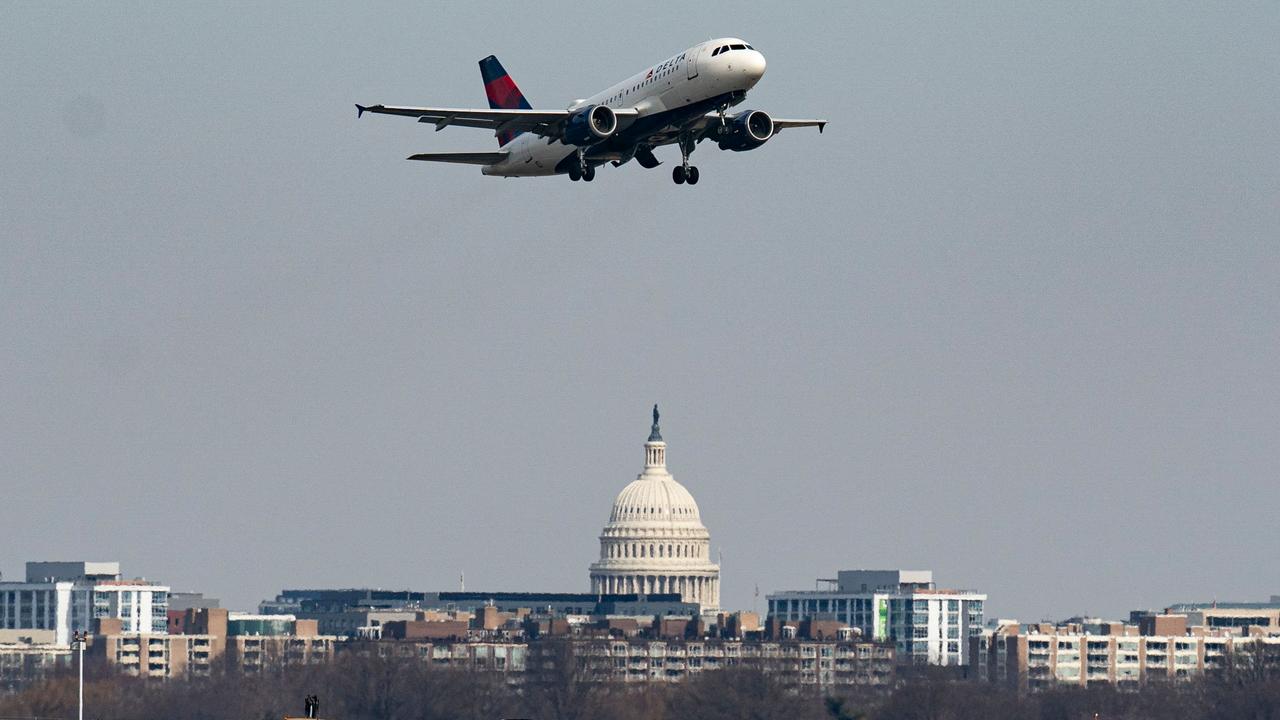Foreign objects on tarmac a lethal enemy
Trawling airport runways for foreign object debris may be one of the least glamorous jobs in aviation, but it could also can be life-saving.

Trawling airport runways for foreign object debris may be one of the least glamorous jobs in aviation, but it could also be one of the most important.
As part of Airport Safety Week this week, terminals around the country staged “FOD walks” to raise awareness among employees of the need to remain vigilant to foreign objects on runways and taxiways.
Gold Coast Airport acting chief operating officer Brett Curtis said these could be benign as a piece of paper or leaves but they still needed to be removed.
“Inspections of the airfield continue all day long, to ensure the airfield is safe at all times,” he said. “We live by the mantra ‘if it’s odd, it’s FOD’.”
As recently as last November, a charter flight to Palm Island in north Queensland experienced a punctured nose-wheel tyre on landing as a result of a screw on the runway. An Australian Transport Safety Bureau report said the rubber on the tyre began to disintegrate and the rim of the wheel dug into the soft asphalt causing the Piper PA-31 to veer off the runway.
The pilot and three passengers on board were unhurt and the ATSB said the incident highlighted the need for all aerodromes to have active FOD management programs in place.
In one of the worst examples of the danger posed by FOD, on July 25, 2000, an Air France Concorde crashed into a hotel after takeoff from Charles de Gaulle Airport in Paris, killing all 109 people on board and four people on the ground. It was later found the Concorde had run over a strip of metal left by another aircraft on the runway, which blew out a tyre, sending debris into the fuel tank.
The tragedy contributed to the end of Concorde’s career and saw airports worldwide dramatically increase runway inspections.
On the Gold Coast, Mr Curtis said they undertook six daily runway inspections and a pavement water blaster truck was used three times a year to remove rubber.



